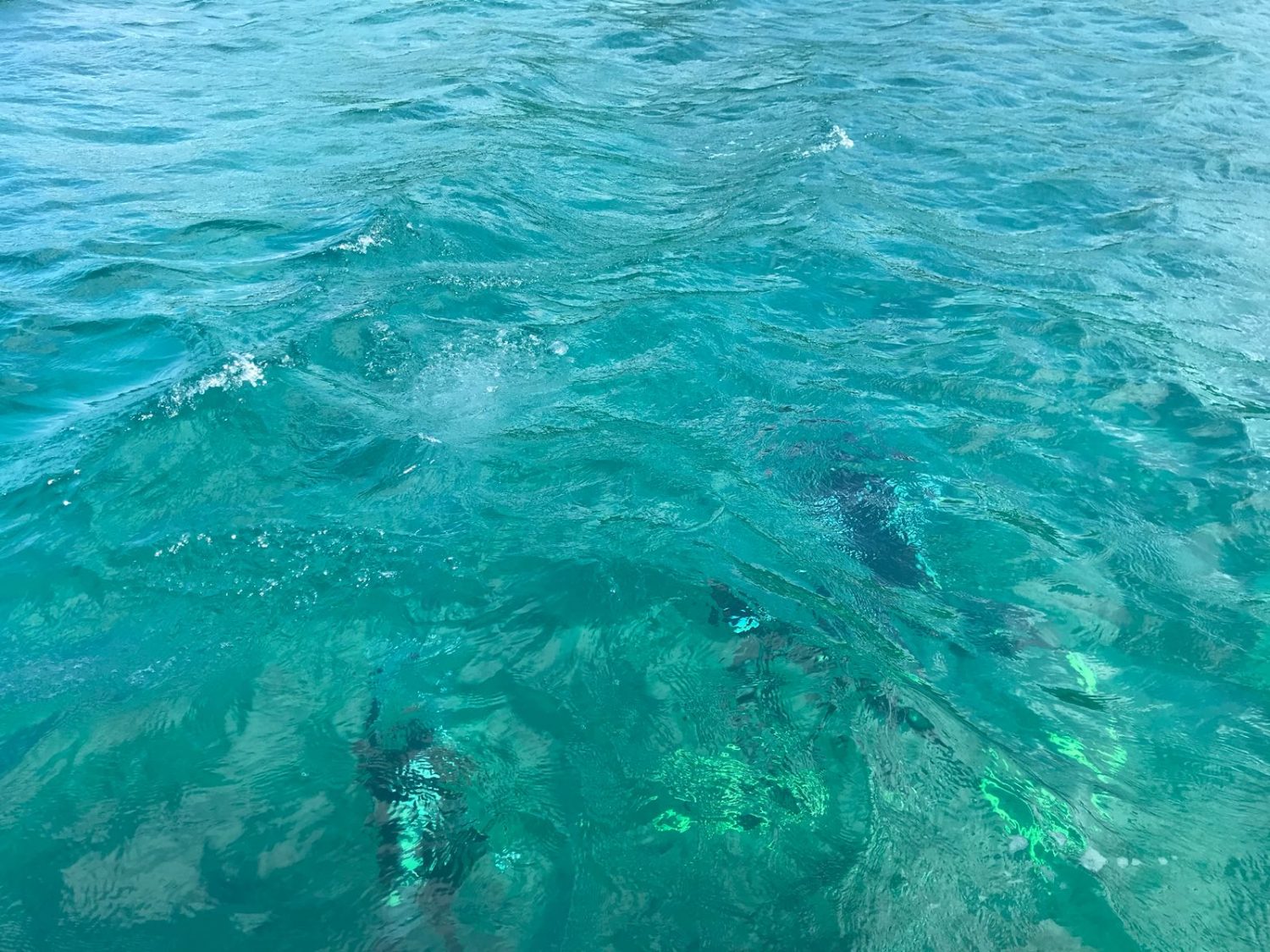It hasn’t been easy and sometimes it looked like very unattainable, but our great team was always able to pull it through. Taking into account our previous experiences in the field, this trip was not an exception (we are still waiting for an easy one). Changes in the ferry schedule and location and the occurrence of a “paranormal” event, seasoned the trip.
In the sites, our outplants were doing really great and we developed the initial part of the work with nothing to report. But Culebra had a surprise for us. Right after we started our last immersion of the day in Cayo Luis Peña, people started looking to each other with astonishment. Our colonies looked in great shape but several have lost their tags and there was no trace of them. We saw no evidence of damage to the corals and the wire that used to hold the tag was still in place but cut clean.
The mystery of the vanished tags had started. Luckily for us, we had considered this possibility so we maintained a diagram of the quadrants with the exact location of each coral and a photographic record to allow us to retag them. With this peace of mind, hypotheses about the reasons for such events started to unfold. From tag-eating groupers to alien intervention our hypotheses wandered a vast space of possibilities. As expected, most were untestable and the mystery remains unsolved.
Overall, we had an interesting trip (as always) that included successful sampling for microbiome, epigenetic, physiological and demographic analyses, as well as a mystery. We thought that would be all that the island had for us, but we were so wrong. The last night, one of the undergrads working with us came with the news that the ferry station was changed and the next morning ferry (ours) would go to a different terminal in Puerto Rico Island, about 15 miles south of the previous location our truck was parked. We don’t really travel light since we carry coolers for the samples, nitrogen dewars, luggage, diving gear, our DIVING-PAM, and many other things. How would we get to our truck the next day?
Fortunately, we work with great people and our undergrad Juan took a bullet for all and rode the last ferry that night to be able to pick us up at the new location the next day. The most important conclusion of these experiences we are having is: although planning is very important for field work success, a great team with problem-solving capacity is critical.












